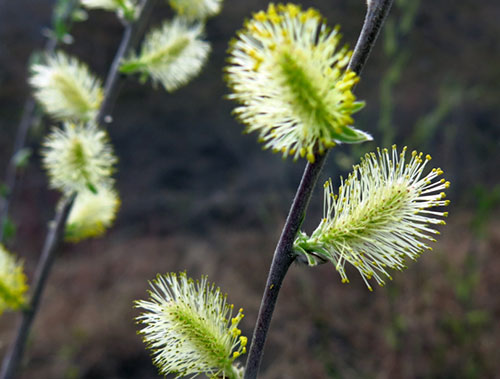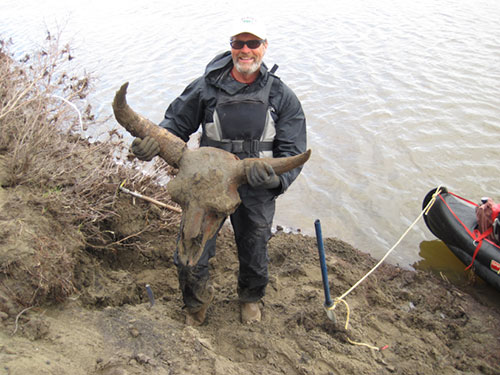
A green system of carbon-dioxide removalBy NED ROZELL
November 01, 2014
Beget will present his idea at the fall meeting of the American Geophysical Union this December in San Francisco. Alarming levels of carbon dioxide in the atmosphere are a frequent topic of discussion at the meeting, which will pull more than 20,000 scientists to California.
Fast-growing trees like these willows pull carbon dioxide from the atmosphere while adding oxygen.
Mann suggests enhancing a carbon-dioxide removal system that has worked for a few billion years — the silent breath of plants. Photosynthesis, the process by which plants convert sunlight to leaves and wood, involves a chemical reaction quite favorable for mammals like us. Plants suck up six molecules of carbon dioxide and combine it with six molecules of water and a spark of energy to produce one molecule of sugar. The plant uses the sugar to make, among other things, cellulose, the building material of stems and tree trunks. A byproduct of the photosynthesis reaction is six molecules of oxygen. Mann thinks some geoengineering ideas are creative and fun and others are dangerous and arrogant. He thinks the Earth itself has an answer in the greenery that graces much of its land surface. "Why monkey around trying to improve on a CO2-drawdown process that has functioned very well indeed for 2.4 billion years?" Mann wrote in an email message. "Plants are nonpolluting (unless you are an anaerobic microbe) and grow almost everywhere. Just add water and sun."
Dan Mann with a 40,000-year-old bison skull he and Pam Groves found in a northern riverbank.
To do some calculations, Mann pulled out a notebook and opened a carbon footprint calculator on his computer. He figured an acre of fast-growing pines planted in a New Zealand sheep pasture takes up five to 10 tons of carbon dioxide every year. Those trees wear the carbon as trunks, twigs, leaves and roots. "In comparison, flying roundtrip from Fairbanks to San Francisco to attend the AGU conference has a carbon footprint of around 0.6 tons of CO2," Mann wrote. "So you could theoretically fly about 10 times and be free of dreaded global-warming guilt if you had planted and cared for an acre of pine trees on land that had been previously carbon-bare, like in a former sheep pasture." Mann owns land in New Zealand and spends time there during Fairbanks' winter. Asked whether he had planted his own acre of trees there, he nodded. "Seventeen of them."
|
||

